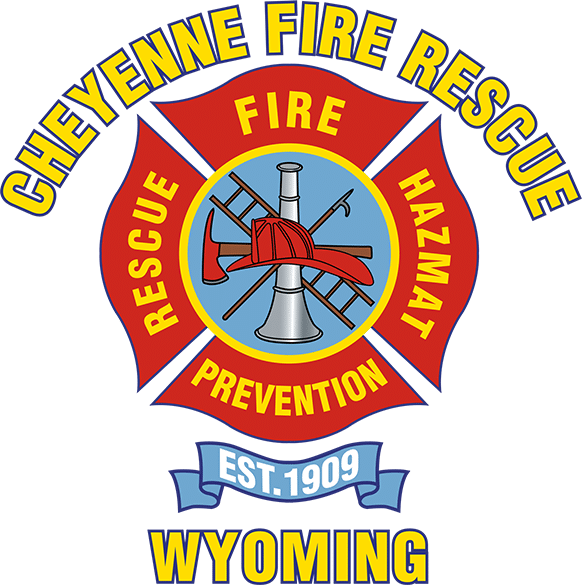Leader of the Front Range
Cheyenne is the capital and most populous city in Wyoming and the county seat of Laramie County. Approximately 65,000 people reside within Cheyenne’s 29.64 square miles.
Like many other towns along the newly constructed Union Pacific Railroad, Cheyenne had fire problems from the beginning. The primarily wood and wood shingle buildings that made up the downtown area were especially subject to fire created by passing coal- burning locomotives, wood and coal- burning stoves and heater, kerosene lanterns used for light, and smokers. It is said that the worst fire occurred in 1873 and consumed two-thirds of the downtown area before it was extinguished.
There would be four separate fire companies in 1890, the year of Wyoming’s statehood. Three were in downtown Cheyenne while the fourth was in Cheyenne’s south side, where it could respond quickly without having to cross the railroad yard with its many sets of tracks and its massive array of machine, repair, and storage shops.
Cheyenne Fire Rescue has a rich history of providing fire prevention and protection, emergency medical, and other life safety services. The department was first organized in 1909 and had two paid companies. By 1912, Company No. 1 had a chief and 14 firefighters, two horses, a hose wagon, and 2,000 feet of 2 ½ inch hose. Company No. 2 had a chief, ten men, a chief’s buggy, one 65’ aerial truck fully equipped, one Seagrave combination hose and chemical wagon, one hose wagon in reserve, and 5,000 feet of 2 ½ inch cotton hose. They also boasted of having six horses.
Today, Cheyenne Fire Rescue is staffed by 102 individuals who are dedicated to protecting the community and serving the residents of Cheyenne. A dynamic and progressive all-hazards emergency service organization, Cheyenne Fire Rescue has a vision of becoming the leader in fire and emergency services along the front range by 2028. The agency has embarked on several dynamic initiatives to propel the organization to the “Leader of the Front Range” in service delivery, community engagement, and community risk reduction.


